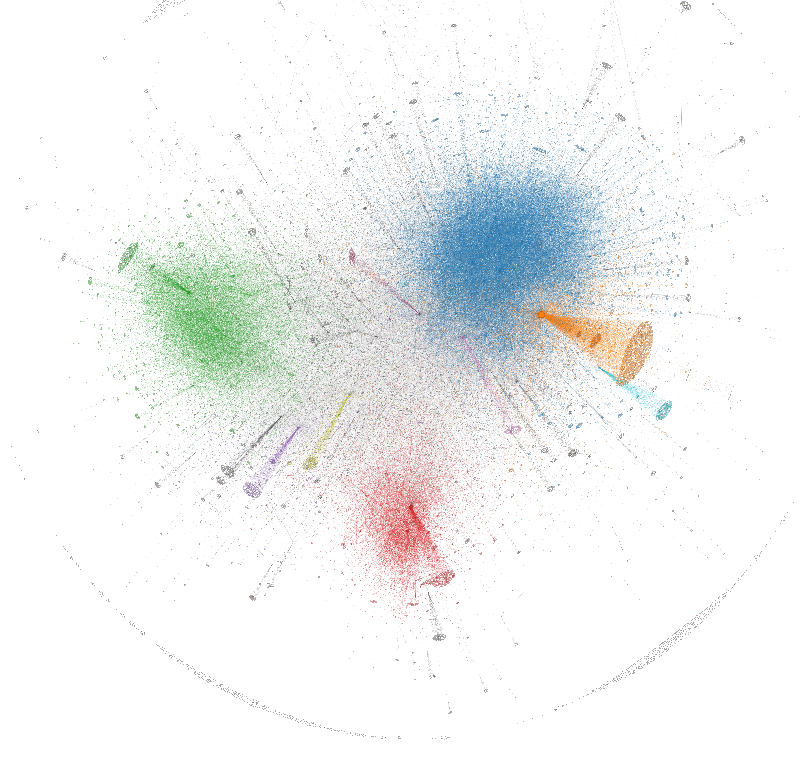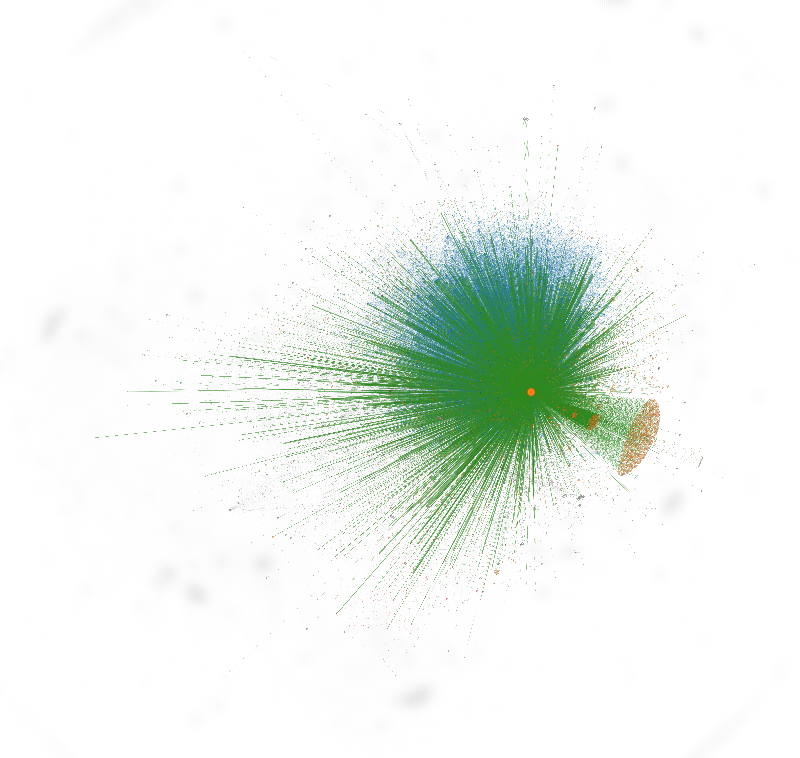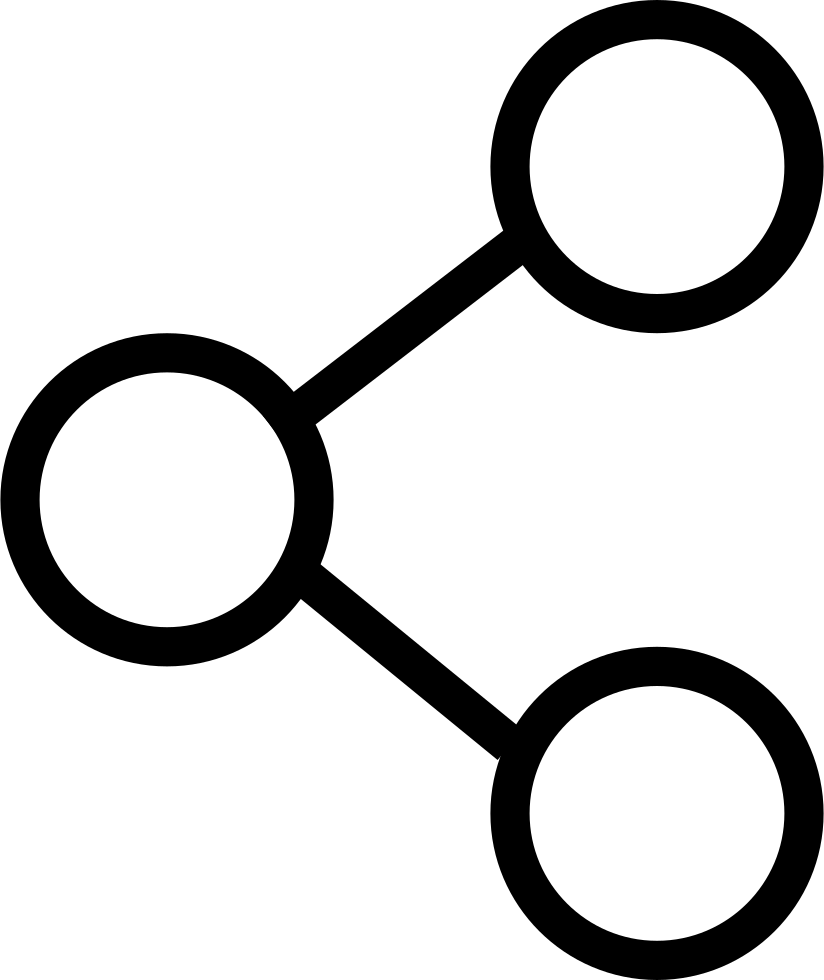
Elections in El Salvador
Social Dynamics that Anticipated Change
On Sunday the 3rd of February El Salvador held presidential elections and Nayib Bukele, candidate of GANA, was elected president with a 53.7% of the votes. His victory put an end to a period of 30 years of bi-partisanship in the country.
Besides ending the right-left political rotation, the past elections evidenced the relevance of new technologies in electoral processes. Digitalisation has played a crucial role in Bukele’s victory, which cannot be understood as an isolated phenomenon. In fact, experts in Latin American politics consider Bukele to be part of a wave of new political candidacies in the region, which are led by a leader representing rupture with old politics, and relies on new digital technologies[1].
These experts agree in locating Bukele’s popularity in a context of crisis of traditional parties and a shared political unrest and disaffection spread amongst the population. Following the trends of this new political wave, Bukele’s campaign was built around a discourse that distanced himself from ideologies and focused on his commitment to transparency and his fight against corruption, which, as we pointed out in one of our previous articles, is one of the main concerns in El Salvador.
The relevance of social platforms such as Twitter increased after Bukele decided not to attend some of the main debates organized by the traditional media in El Salvador. Unlike the rest of the candidates, his efforts were focused on social media, where he was especially active during the campaign period.
Thus, with the aim of understanding and analyzing new dimensions of the electoral process that has transformed the political dynamics of El Salvador, the electoral intelligence team of Minsait-INDRA has analysed the conversation generated in social platforms around the four presidential candidates. In our research, we have analysed data collected from 4 days before the holding of election until the closing of polling stations on the 3rd of February. This analysis has allowed us to identify both the communities that have been formed around presidential candidates and the main thematic networks dominating the electoral conversation in digital platforms.

Image 1 shows a visualization of our social media communities’ analysis, highlighting the existence of three key communities. On the one hand, there is a cluster (in green) which represents the community that has been built around Carlos Calleja, ARENA’s candidate. On the other hand, there is a smaller cluster (in red) that corresponds to those users supporting Hugo Martínez, FMLN’s candidate. Finally, there is a bigger and more heterogeneous cluster formed by the grouping of smaller communities. This cluster is the one backing Bukele and GANA.
This analysis reflects what later happened at the polling stations. Images 2 and 3 show the size of the communities supporting ARENA and FLMN, who obtained less votes. These are of a smaller size and they are not situated anywhere near the center. This is, even if there are strong links and connections between the members of these communities, they have a limited ability to influence users outside their own. Thus, their possibility of attracting non-aligned sectors is smaller, giving place to a phenomenon known as eco-chambers[2]. Consequently, these communities will find more difficulties when trying to make their discourse circulate in online platforms.


On the other hand, the results of the analysis of the community supporting Bukele and GANA suggest that its members’ social media posts have a larger reach, despite their lower level of interconnectedness. This is because they have numerous links with users from other communities. This is key to ensure the circulation of discourse between different citizen groups, and it might have been crucial to obtain support from a more heterogeneous sector of the population.

Hence, it can be argued that one of the main reasons behind the heterogeneity of Bukele’s supporters is his ability to incorporate into his discourse the demands of those who were previously not aligned with any political ideology. In other words, Bukele’s posts reached various groups of society who do not identify themselves with traditional parties. Moreover, GANA’s candidacy revolved around Bukele’s personal profile and consequently amongst his supporters there are groups closer to the candidate (in green), and other groups closer to some of his political aims – like putting an end to corruption or breaking from the two-party system (in blue).
The fact that Bukele’s campaign was focused on the idea of corruption is, indeed, a crucial element to explain the ability of his discourse to circulate beyond his ideological borders. Bukele himself stated that he did not identify with any ideology but with the fight for just causes like ending corruption instead. Like this, corruption became the nodal point around which it was possible to construct a majority by articulating previously unconnected political demands, which resulted in GANA’s electoral success. In other words, the a priori differences between the demands of citizens supporting his candidacy were cancelled insofar as the fight against corruption and old politics became the meeting point of all their particular political demands. This does not mean that the voters became a homogeneous group and their differences disappeared, but that the nodal point (which in this case is corruption) acted as a shared nexus around which there is an articulation of particular and specific demands[3].
The thematic analysis of the conversation reinforces this hypothesis. Image 5 shows the main thematic networks in social media on the days before the elections. Corruption and the monthly illegal bonus of previous presidents are the topics that generated a bigger amount of debate in social media (in blue). This supports the argument that corruption acted as a nodal point, and it shows that a good use of social media – and the ability to make an impact on several different digital communities – is a key element in the construction of electoral majorities.

We can thus conclude that the analysis of communities and thematic networks using methodologies of strategic communication and political science allow exploring new decisive dimensions to understand electoral dynamics in the era of digitalization.
If you want to access a more detailed version of this analysis, contact us here.
[1] http://www.realinstitutoelcano.org/wps/portal/rielcano_es/contenido?WCM_GLOBAL_CONTEXT=/elcano/elcano_es/zonas_es/ari13-2019-malamud-nunez-elecciones-el-salvador-fiel-reflejo-momento-politico-latinoameric
[2] Granovetter, M. S. (1973). The strength of weak ties. American journal of sociology, 78(6), 1360-1380.
[3] This analysis has been constructed following Laclau’s and Mouffe’s approach to discourse analysis, developed as part of the Essex School of discourse analysis.










Add comment